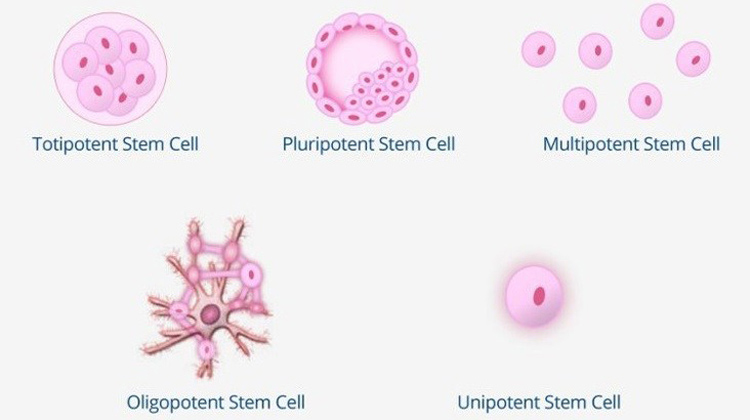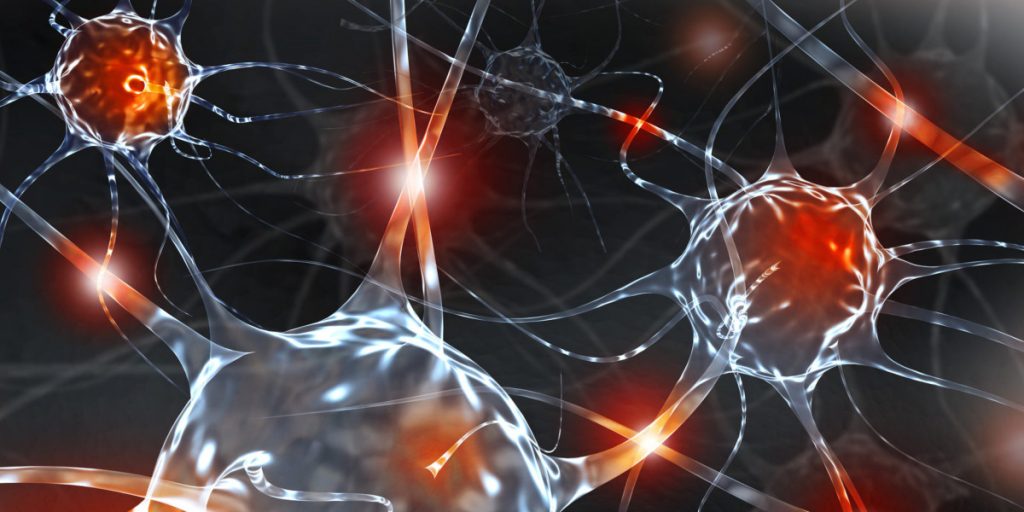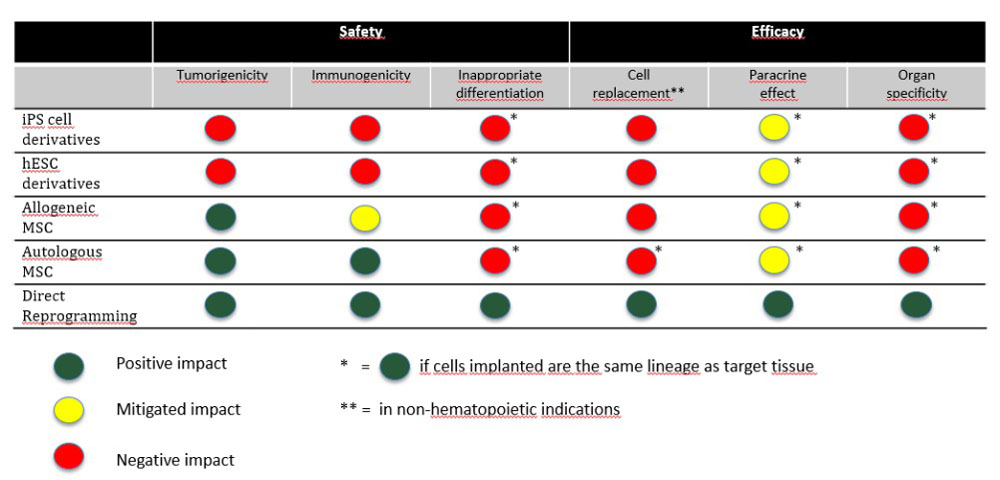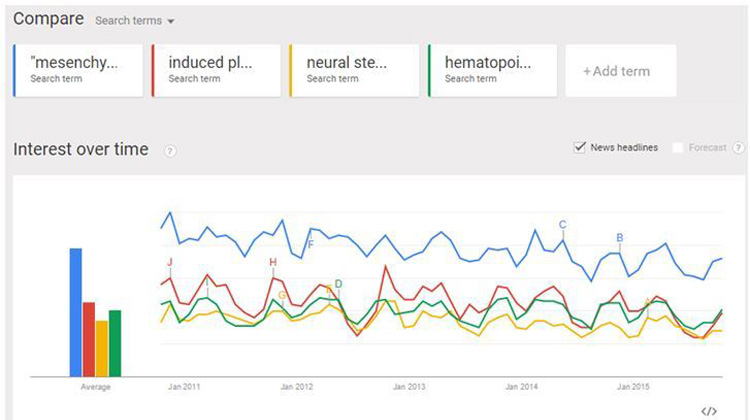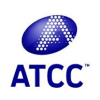As you start to learn about stem cells, one of the most common questions to have is, “What types of stem cells exist?” There is not an agreed-upon number of stem cell types, because one can classify stem cells either by differentiation potential (what they can turn into) or by origin (from where they are sourced).
This post is dedicated to explaining the five types of stem cells, based on differentiation potential. [Read more…]
